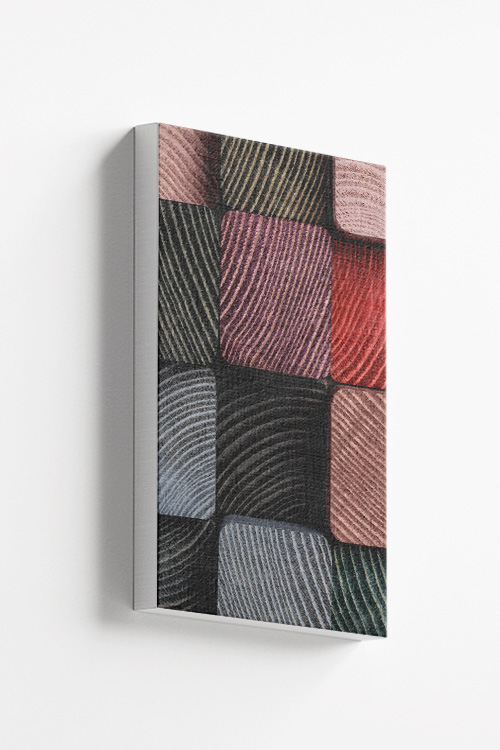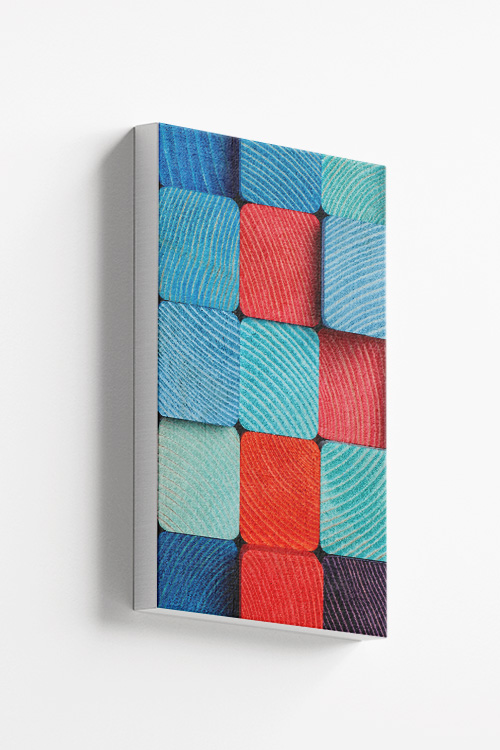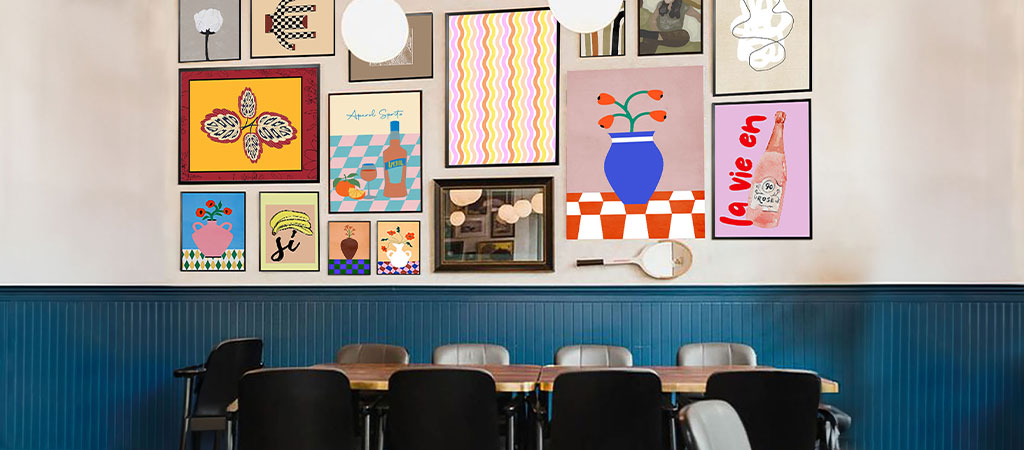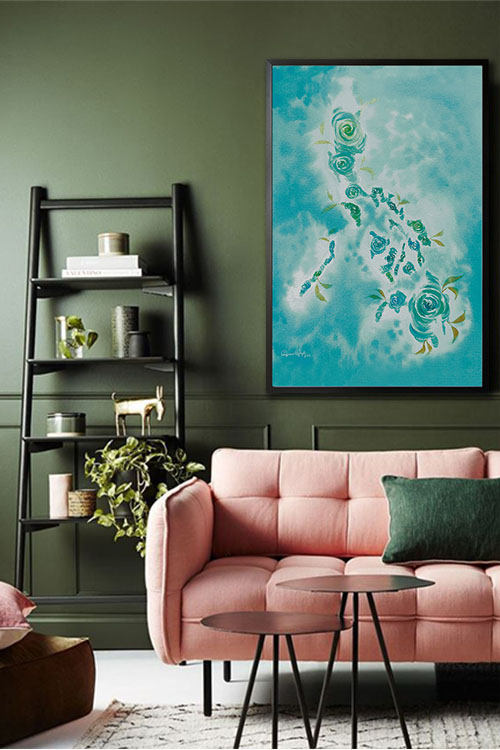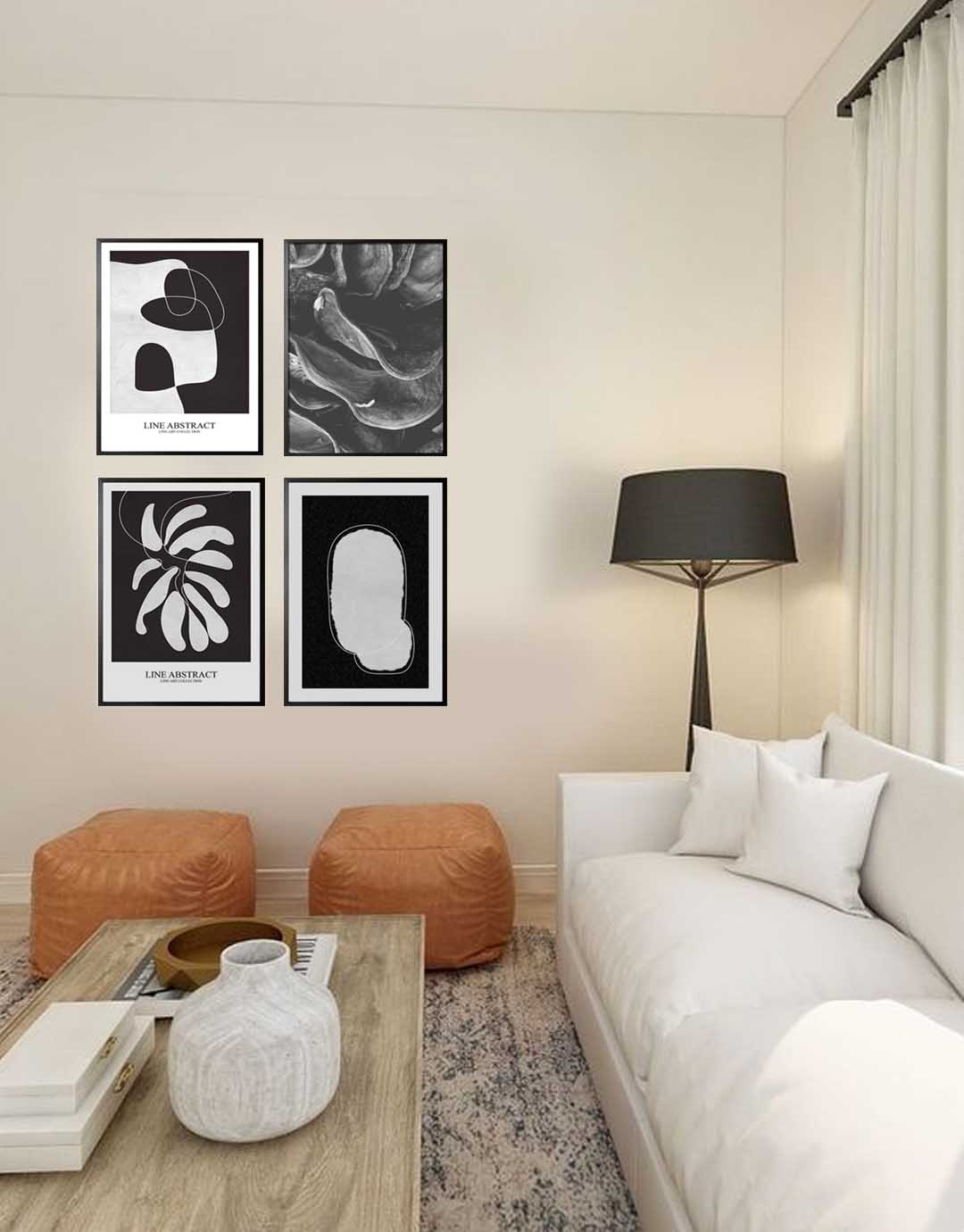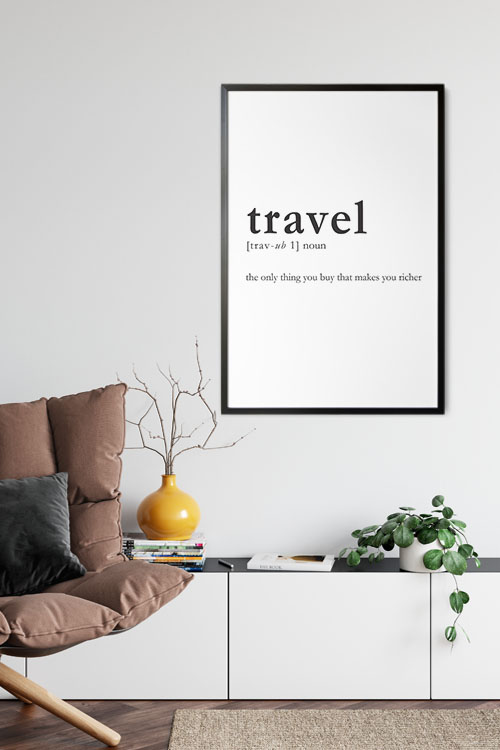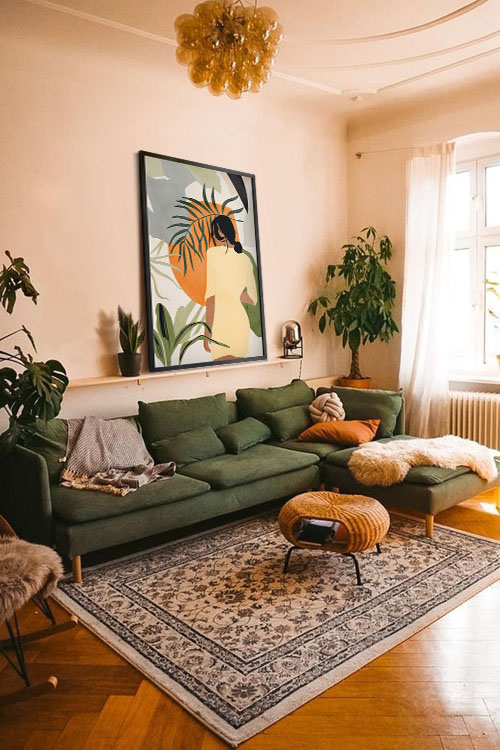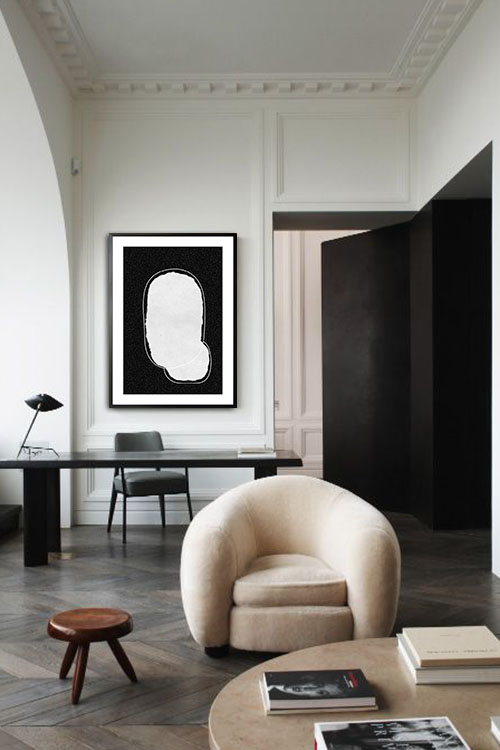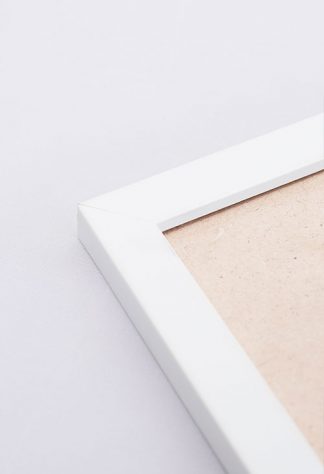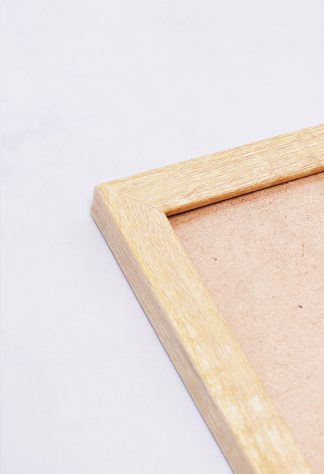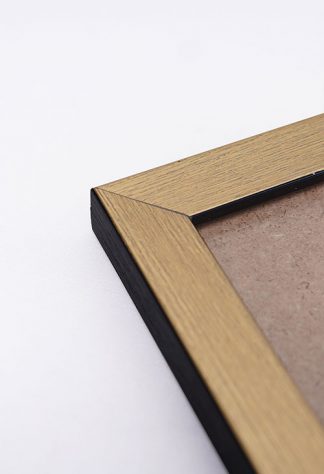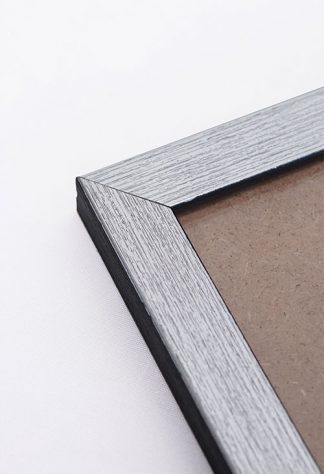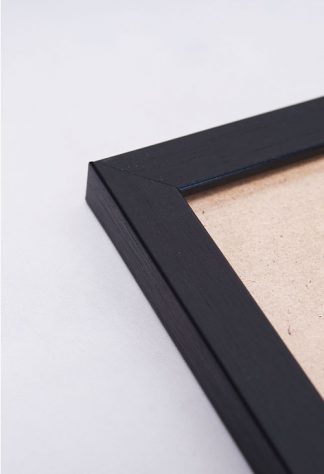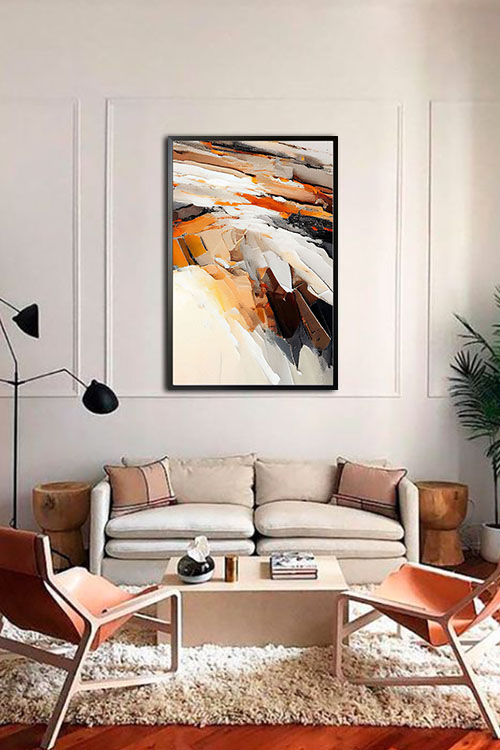
This year, the design world continues to evolve, driven by emerging technologies, cultural shifts, and a growing emphasis on sustainability. The fusion of form and function takes center stage as designers reimagine spaces, products, and experiences. Here are the key design trends shaping 2025:
Biophilic Design: Embracing Nature
Biophilic design remains a powerful trend in 2025, reflecting humanity’s innate connection to nature. Designers integrate natural elements like indoor plants, living walls, and organic materials into their creations. The goal is to foster a sense of well-being and calm, especially in urban environments. Expect more spaces featuring daylight optimization, water features, and earthy color palettes to bring the outdoors inside.
Digital Craftsmanship: The Rise of AI and 3D Printing
Technology continues to revolutionize design. AI-powered tools now assist designers in creating highly personalized products and spaces. Meanwhile, 3D printing has reached new levels of sophistication, enabling the production of intricate and sustainable designs with minimal waste. Digital craftsmanship offers unparalleled precision and creativity, from custom furniture to architectural elements.
Circular Design: Sustainability at the Core
With climate concerns intensifying, the push for sustainability drives the adoption of circular design principles. Designers focus on creating products and spaces that can be reused, repaired, or recycled. Materials like recycled plastics, biodegradable composites, and reclaimed wood are becoming staples. Modular furniture and adaptable spaces are also gaining popularity, ensuring longevity and reducing waste.
Minimalism with a Twist: Warm and Textured
While minimalism remains popular, it’s evolving to include more warmth and texture. In 2025, sterile minimalism gives way to inviting designs featuring tactile materials like boucle, raw stone, and unpolished wood. Neutral tones are enriched with subtle pops of color, creating modern and comforting spaces.
Neo-Futurism: Bold and Optimistic
Neo-futuristic design celebrates innovation and optimism, incorporating bold forms, vibrant colors, and sleek materials. This trend blurs the line between art and functionality, from curvilinear furniture to futuristic lighting. Innovative technology is seamlessly integrated into designs, enhancing both aesthetics and usability.
Hybrid Spaces: The Multifunctional Revolution
The pandemic reshaped how we view our living and working spaces, and this influence persists in 2025. Hybrid spaces—homes that double as offices, gyms, or creative studios—are becoming the norm. Designers prioritize flexibility, using moveable partitions, modular furniture, and transformable layouts to adapt to various needs.
Cultural Fusion: Global Inspiration
Globalization and the digital age inspire designers to blend cultural aesthetics. Expect a mix of traditional craftsmanship and modern design, drawing from diverse cultures. Handwoven textiles, intricate patterns, and artisanal techniques add depth and storytelling to contemporary creations.
Immersive Experiences: Virtual and Augmented Reality
Virtual and augmented reality are transforming the design landscape. From virtual showrooms to augmented design consultations, these technologies allow users to experience spaces and products before they are realized. This trend fosters deeper engagement and streamlines the design process.
In a Nutshell
The design trends of 2025 reflect a balance between innovation and mindfulness. Whether through sustainable practices, technological advancements, or the embrace of nature and culture, designers are crafting spaces and products that are beautiful and purposeful. This year is poised to be a landmark for design, pushing boundaries while staying grounded in the values that matter most.
